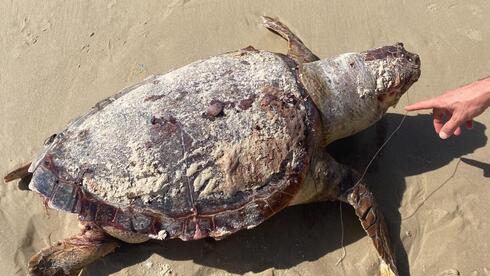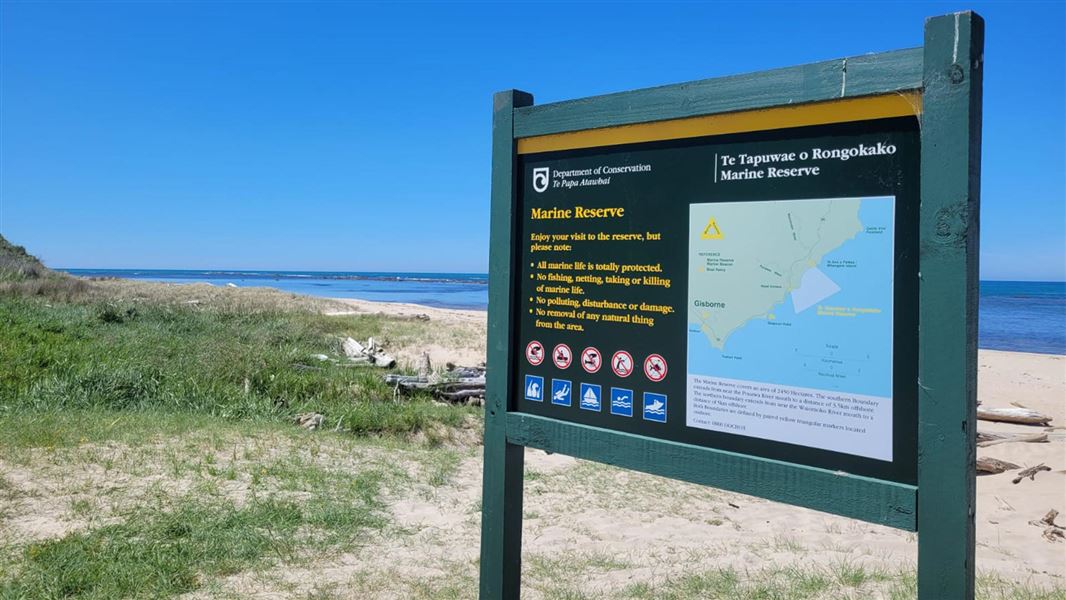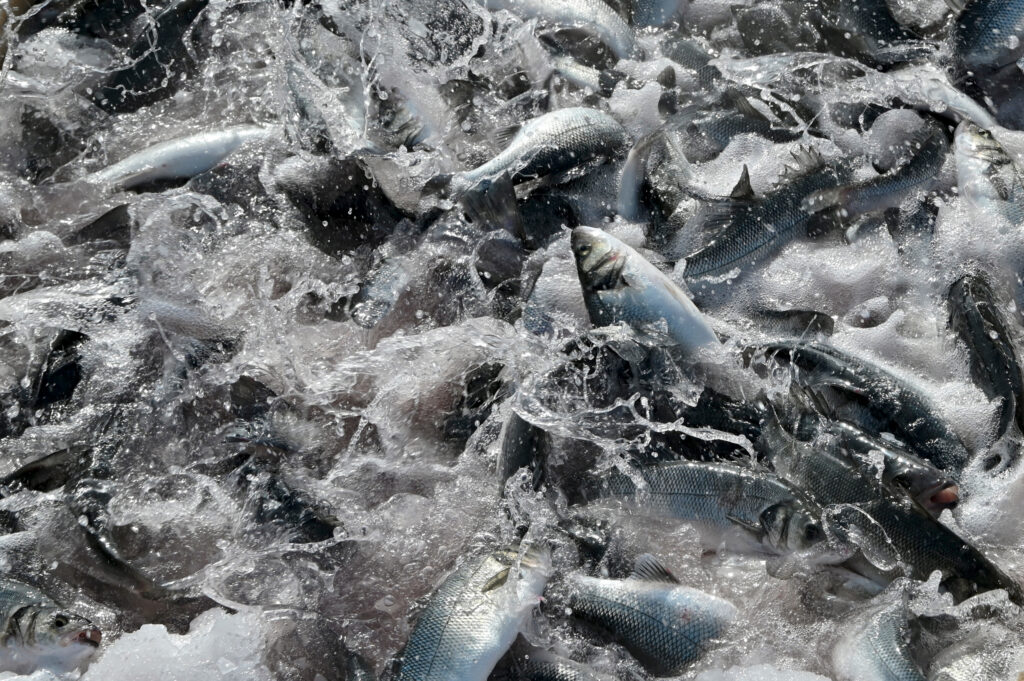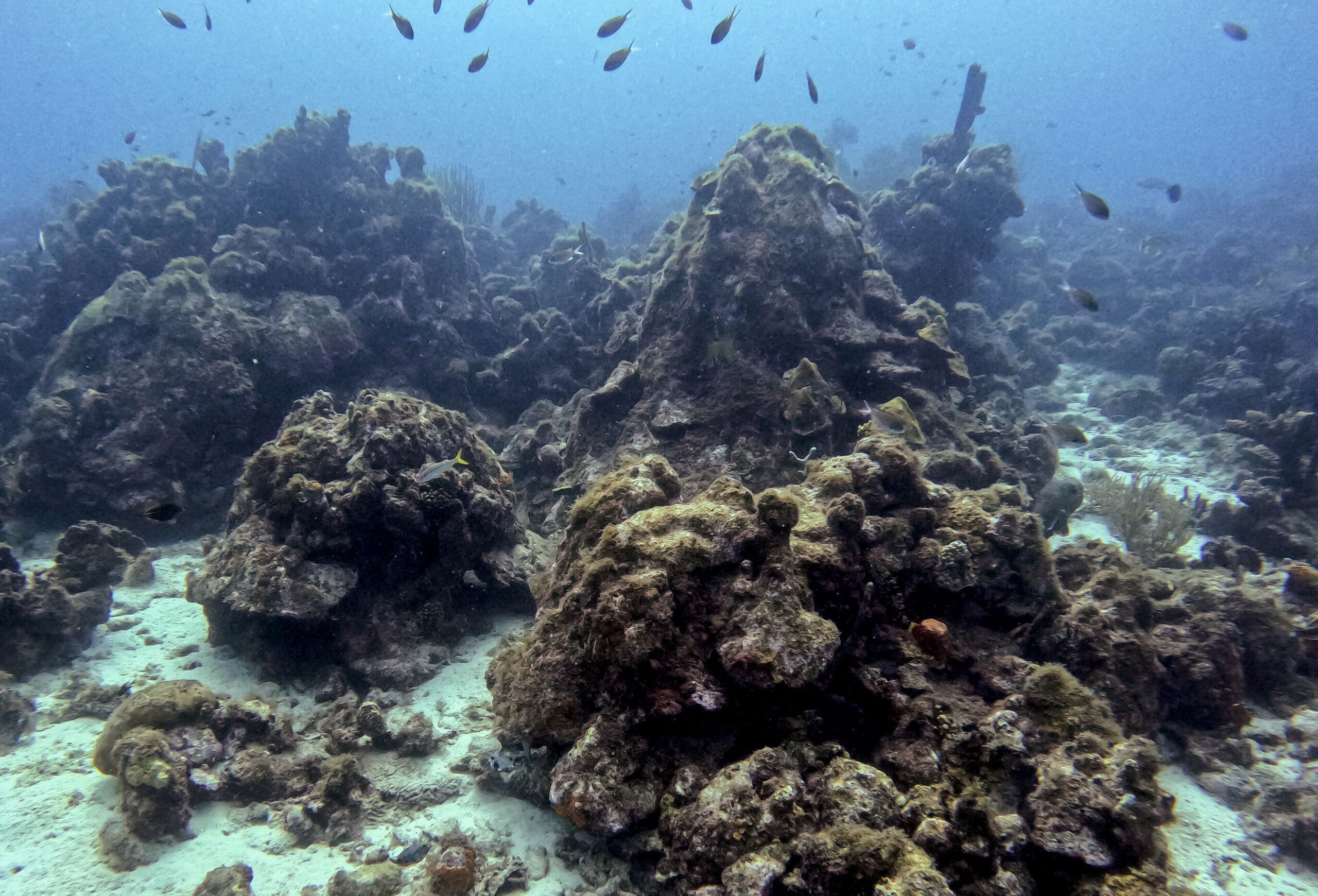Marine debris threatens sea turtles on Israel’s shores: SeaWatch app seeks to help – Ynetnews

Report on Marine Debris Impact on Sea Turtle Populations in Israel and Alignment with Sustainable Development Goals
Executive Summary
This report details the significant threat posed by marine debris to sea turtle populations in Israeli waters. The primary hazards identified are entanglement in fishing gear and plastic waste, and internal damage from the ingestion of plastics. These challenges directly contravene the objectives of Sustainable Development Goal 14 (Life Below Water). A citizen science initiative, the SeaWatch application, is presented as a mitigation effort that aligns with SDG 17 (Partnerships for the Goals) by leveraging public participation for data collection and conservation action.
Analysis of Threats in Relation to SDG 14: Life Below Water
The mortality and injury of sea turtles due to anthropogenic debris represent a critical failure in achieving the targets set forth by SDG 14. The primary threats are categorized as follows:
- Entanglement: A majority of incidents involve sea turtles becoming entangled in discarded fishing gear and plastic debris. This directly undermines SDG 14 Target 14.1, which calls for the prevention and significant reduction of marine pollution, including marine debris.
- Ingestion: The consumption of plastic waste causes severe internal damage to the turtles’ digestive systems. This issue highlights the pervasive impact of land-based pollution on marine ecosystems, a key concern of SDG 14.
Technological Intervention and Contribution to SDG 17: Partnerships for the Goals
In response to this environmental crisis, a technological solution has been developed to foster collaboration between the public and conservation authorities.
- The SeaWatch Application: This mobile application serves as a platform for citizen science, enabling the public to report sightings of both healthy and distressed sea turtles, as well as marine hazards.
- Fostering Partnerships: By facilitating direct public involvement in data gathering and incident reporting, the SeaWatch app exemplifies SDG 17. It creates a multi-stakeholder partnership between citizens, scientific bodies, and government agencies to protect marine life. This collaboration is essential for the effective monitoring and management required to meet SDG 14 targets.
Conclusion: Addressing Marine Pollution for Sustainable Development
The endangerment of sea turtles in Israel by marine debris is a clear indicator of the urgent need for enhanced measures to achieve SDG 14 (Life Below Water) and SDG 12 (Responsible Consumption and Production). While initiatives like the SeaWatch app provide a valuable tool for monitoring and response, a comprehensive strategy must address the root causes of plastic pollution and unsustainable fishing practices to ensure the long-term protection of marine biodiversity.
1. Which SDGs are addressed or connected to the issues highlighted in the article?
The article highlights issues that are directly connected to several Sustainable Development Goals (SDGs). The primary focus on marine life and pollution links to SDG 14, while the underlying cause of plastic waste connects to SDG 12. The solution presented, a public reporting app, relates to SDG 17.
- SDG 14: Life Below Water: This is the most central SDG, as the article’s main subject is the threat of marine debris to sea turtles, a key species in marine ecosystems.
- SDG 12: Responsible Consumption and Production: The source of the problem—improperly discarded fishing gear and plastic—points directly to unsustainable patterns of production and consumption that lead to waste generation.
- SDG 17: Partnerships for the Goals: The mention of the “SeaWatch app” as a tool for the public to report sightings and hazards exemplifies a partnership between civil society and conservation/research bodies to gather data and protect marine life.
2. What specific targets under those SDGs can be identified based on the article’s content?
Based on the specific problems and solutions mentioned, the following targets can be identified:
SDG 14: Life Below Water
- Target 14.1: By 2025, prevent and significantly reduce marine pollution of all kinds, in particular from land-based activities, including marine debris and nutrient pollution. The article explicitly identifies “marine debris,” “fishing gear,” and “plastic” as the primary threats, directly aligning with this target’s focus on reducing marine pollution.
- Target 14.2: By 2020, sustainably manage and protect marine and coastal ecosystems to avoid significant adverse impacts. The effort to save sea turtles from entanglement and ingestion is a direct action towards protecting a vital part of the marine ecosystem and mitigating adverse impacts from pollution.
SDG 12: Responsible Consumption and Production
- Target 12.5: By 2030, substantially reduce waste generation through prevention, reduction, recycling and reuse. The “fishing gear” and “plastic” mentioned in the article are forms of waste. Addressing the root cause of the threat to sea turtles involves reducing the generation of this waste, which is the core of this target.
SDG 17: Partnerships for the Goals
- Target 17.17: Encourage and promote effective public, public-private and civil society partnerships. The SeaWatch app is a clear example of a tool designed to foster a partnership between the public (civil society) and conservation authorities. It enables citizens to contribute directly to data collection and conservation efforts.
3. Are there any indicators mentioned or implied in the article that can be used to measure progress towards the identified targets?
The article does not mention official SDG indicators, but it implies several metrics that could be used to measure progress:
Indicators for SDG 14 (Life Below Water)
- Implied Indicator for Target 14.1: The article focuses on the impact of debris. Progress could be measured by the number of sea turtles found entangled in fishing gear or plastic and the prevalence of plastic ingestion in sea turtles. A reduction in these numbers would indicate progress. This relates to the official indicator 14.1.1 (Index of coastal eutrophication and floating plastic debris density).
- Implied Indicator for Target 14.2: The health of the sea turtle population is a proxy for the health of the marine ecosystem. An indicator could be the number of reported turtle sightings (healthy vs. injured), which the SeaWatch app is designed to collect.
Indicators for SDG 12 (Responsible Consumption and Production)
- Implied Indicator for Target 12.5: While not directly measurable from the article, the presence of debris implies a need to track waste. A relevant indicator would be the tonnage of plastic waste and fishing gear collected from beaches and coastal waters. A decrease over time would show progress in reducing waste generation and improving disposal.
Indicators for SDG 17 (Partnerships for the Goals)
- Implied Indicator for Target 17.17: The effectiveness of the public partnership facilitated by the SeaWatch app can be measured. An indicator would be the number of public reports submitted via the app or the number of active users contributing data. An increase would signify a stronger and more effective partnership.
4. Create a table with three columns titled ‘SDGs, Targets and Indicators” to present the findings from analyzing the article.
| SDGs | Targets | Indicators (Implied from Article) |
|---|---|---|
| SDG 14: Life Below Water | 14.1: Reduce marine pollution, including marine debris.
14.2: Protect marine and coastal ecosystems. |
– Number/frequency of sea turtles entangled in fishing gear and plastic. – Incidence of gut damage in turtles from plastic ingestion. – Number of turtle sightings (healthy vs. injured) reported via the SeaWatch app. |
| SDG 12: Responsible Consumption and Production | 12.5: Substantially reduce waste generation. | – Amount of fishing gear and plastic debris found in the marine environment. |
| SDG 17: Partnerships for the Goals | 17.17: Encourage and promote effective public and civil society partnerships. | – Number of public reports of turtle sightings and hazards submitted through the SeaWatch app. |
Source: ynetnews.com
What is Your Reaction?
 Like
0
Like
0
 Dislike
0
Dislike
0
 Love
0
Love
0
 Funny
0
Funny
0
 Angry
0
Angry
0
 Sad
0
Sad
0
 Wow
0
Wow
0
















































:focal(1500,1000)/https://media.globalcitizen.org/a6/9a/a69a4720-d8a1-4715-b596-18738d03c05c/rotary_polio_hero_image.jpg?#)







/countries/sri-lanka/photo-credit---dmc-sri-lanka.tmb-1200v.jpg?sfvrsn=dc298bcc_1#)


















